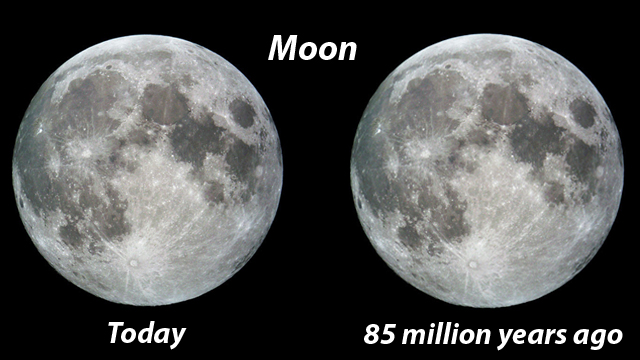Although I am a lifelong fan of science, I've also been a lifelong fan of science fiction—so I sometimes experience conflict in the DMZ where the two meet.
Having been raised on Star Trek, where the science and technology routinely violate known scientific principles (faster than light warp drive, for example), I learned to have leniency on some of those violations—at least, the ones that exist in order to make the story work.
But the stories that get the science completely wrong, for no good reason, get my militia up in arms….
Such was my reaction when, a few weeks ago, I happened upon the last two minutes of the series premiere of a new television show—the one that involves time-traveling colonists going 85 million years into the past to live among the dinosaurs. (Don’t ask me any more about the plot; I’ve only ever caught the last two minutes of each show when I change the channel to wait for House. All I know is each episode seems to end with people creeping through a jungle at night carrying torches….)
So what irked me so badly? Scene: colonists in settlement in Cretaceous jungle, night time, looking up at the starry, Moon-adorned sky. A child muses, "Is that the Moon?" (never having seen it before). "It’s so big!" Indeed, the Moon aloft in these prehistoric skies was depicted as truly huge—I’d estimate ten or fifteen degrees across, about the width of your hand spread wide at arm’s length (20 to 30 times the size of the Moon we know).
